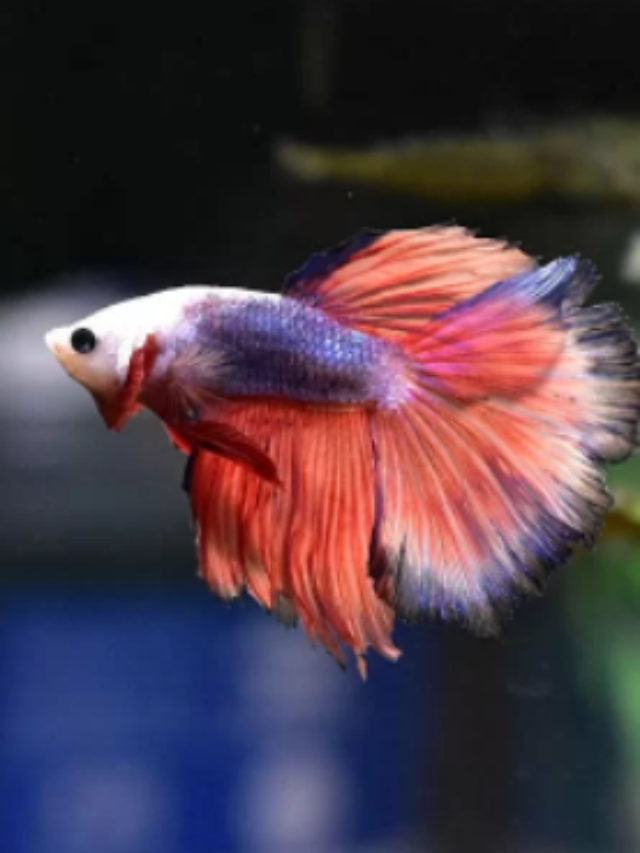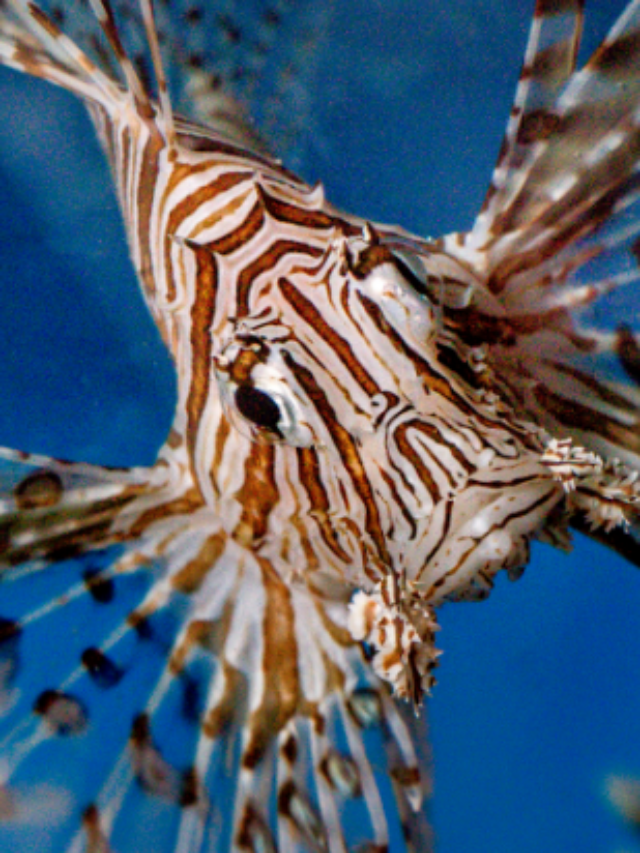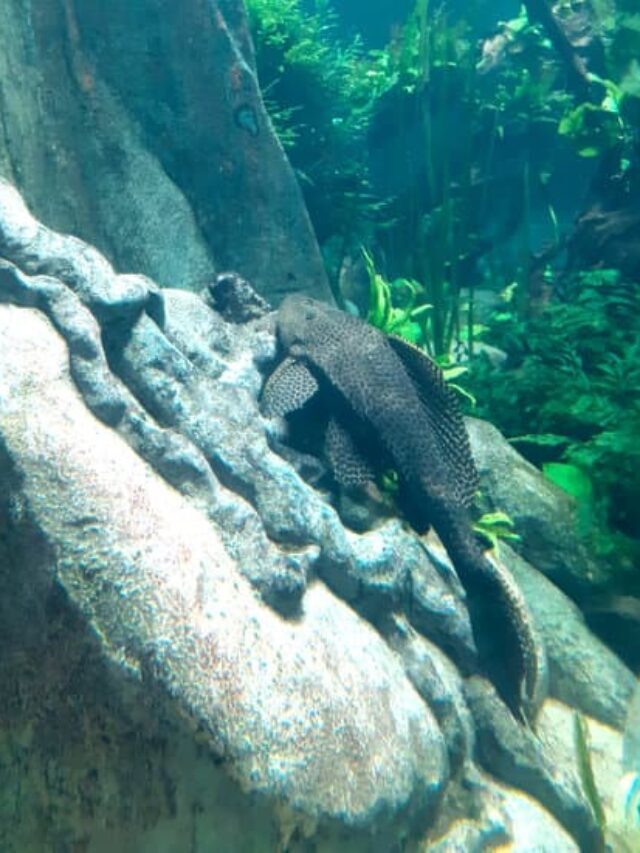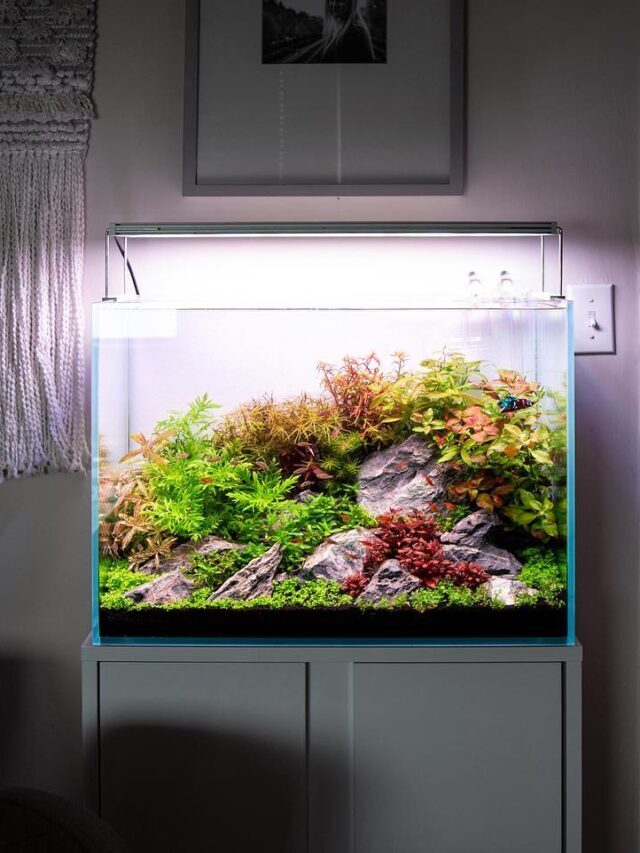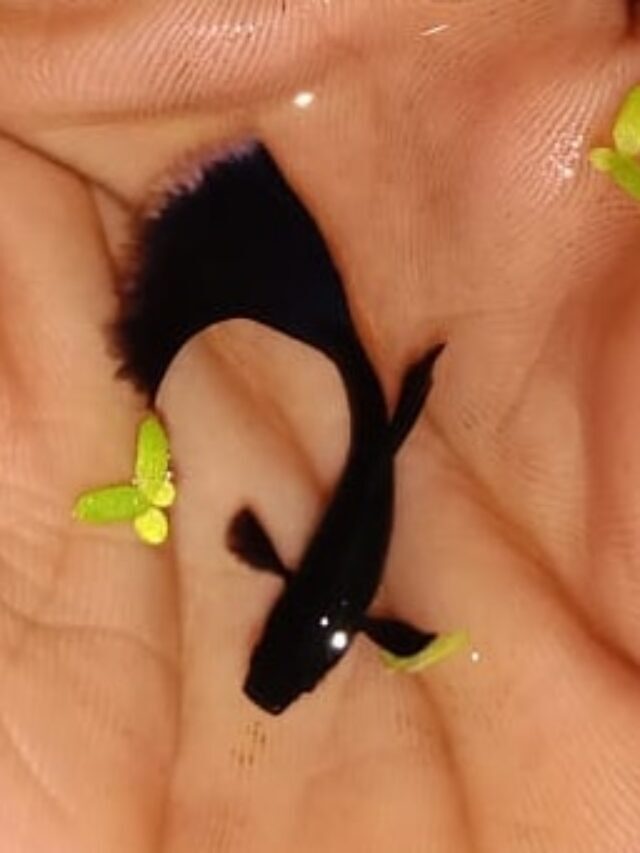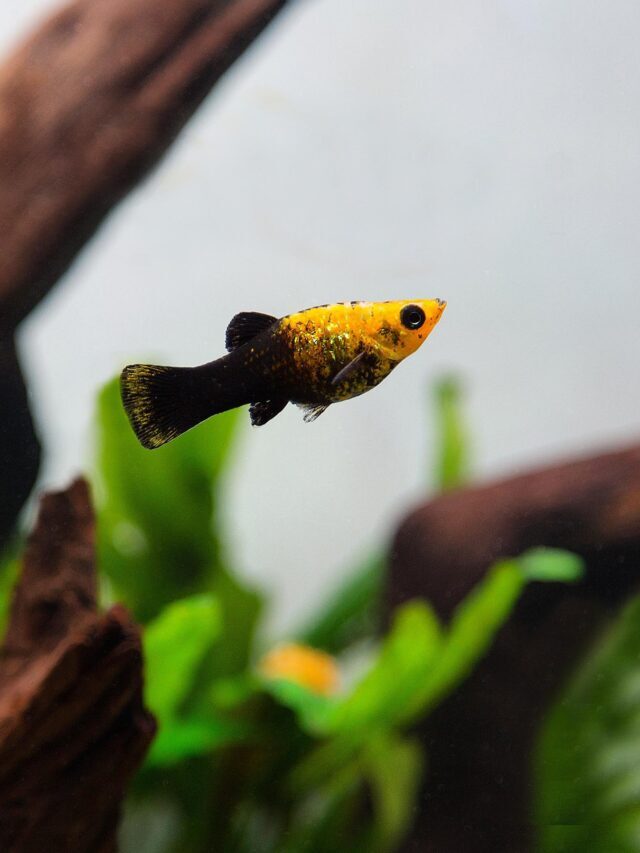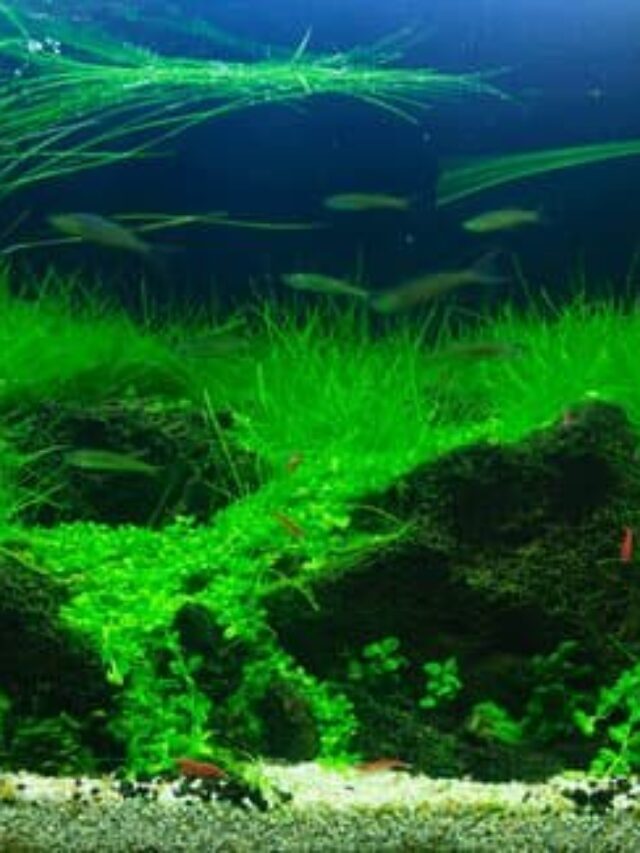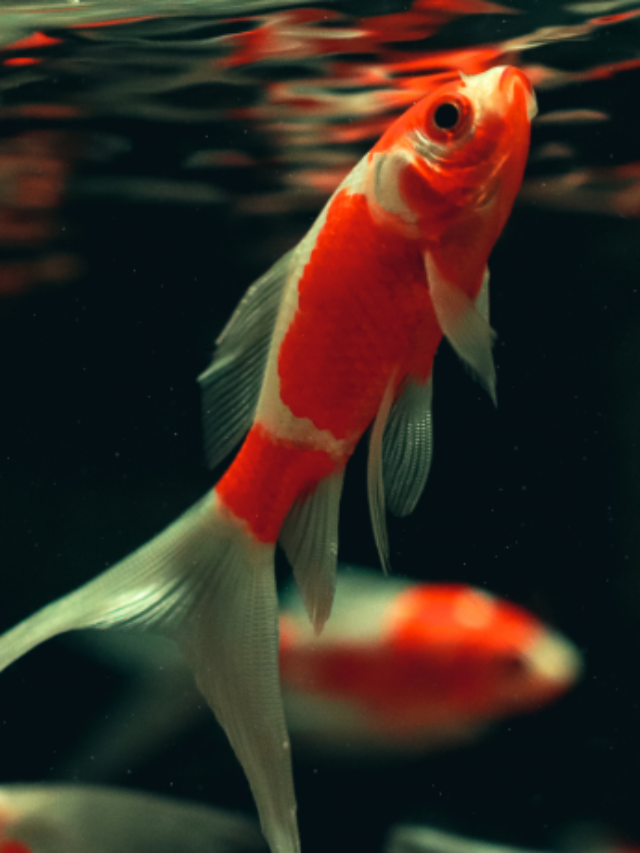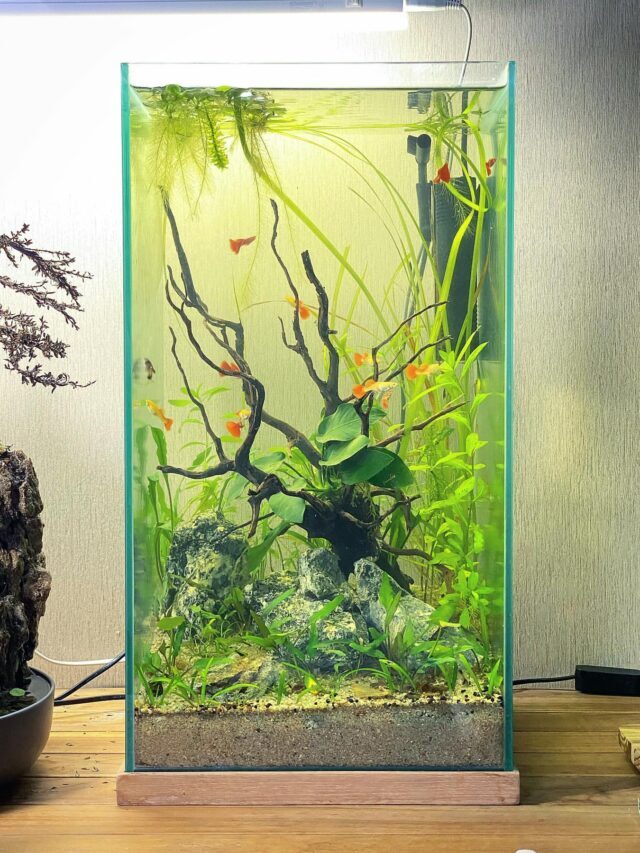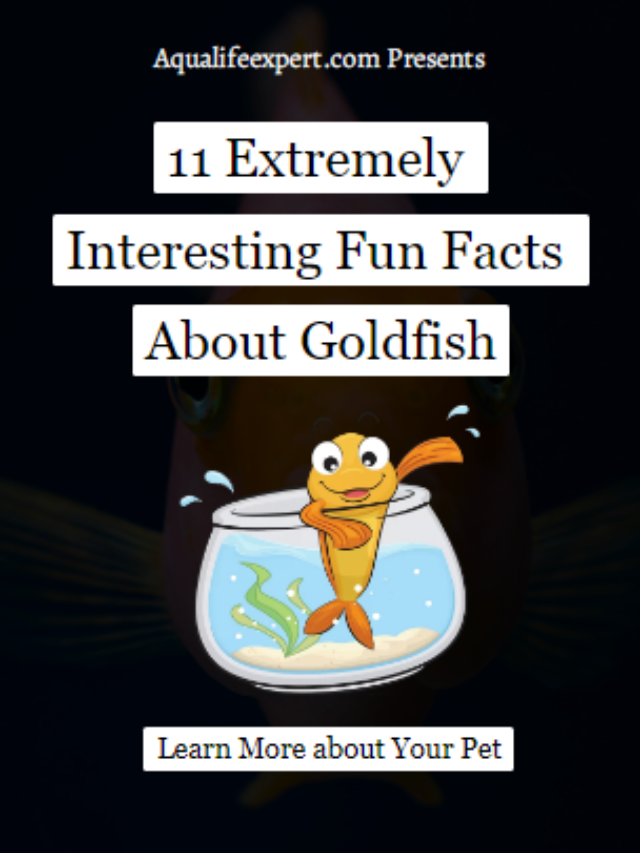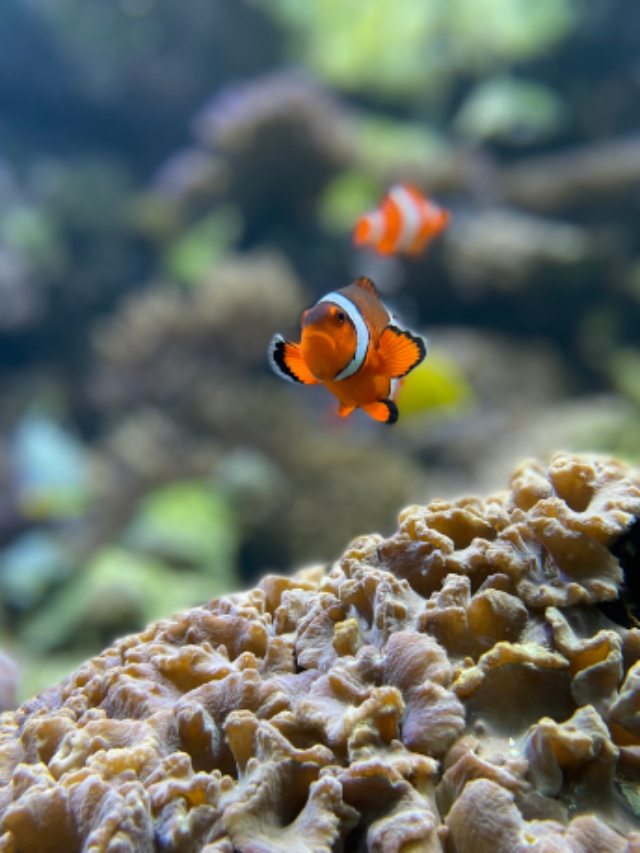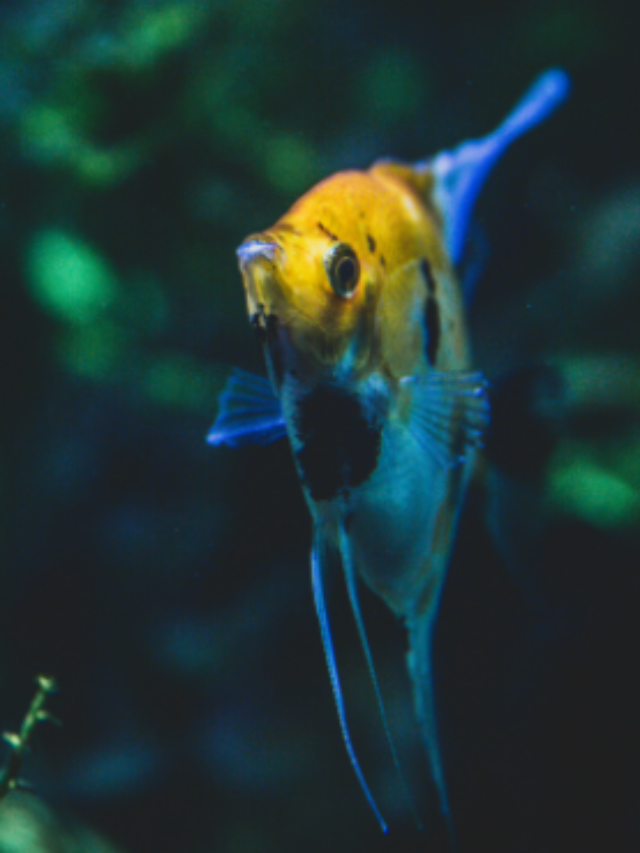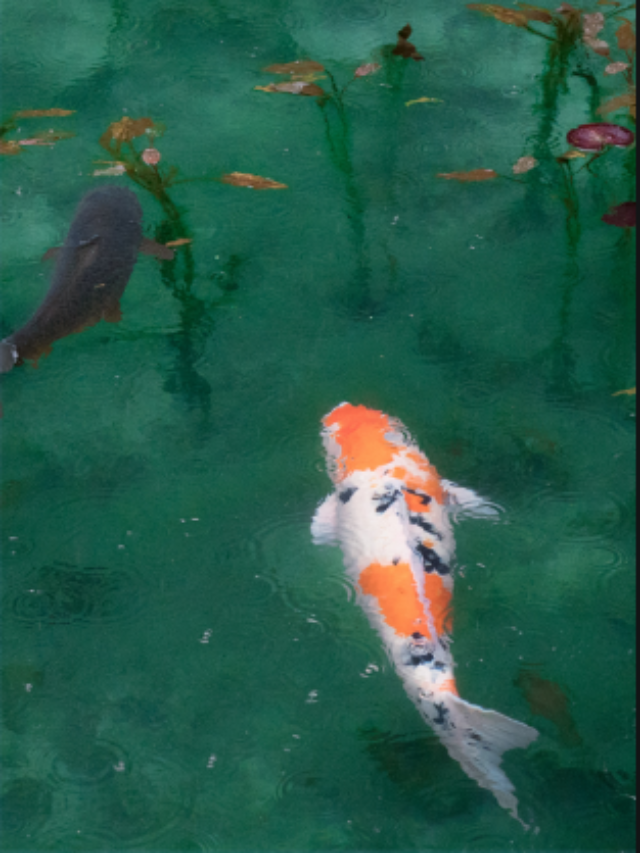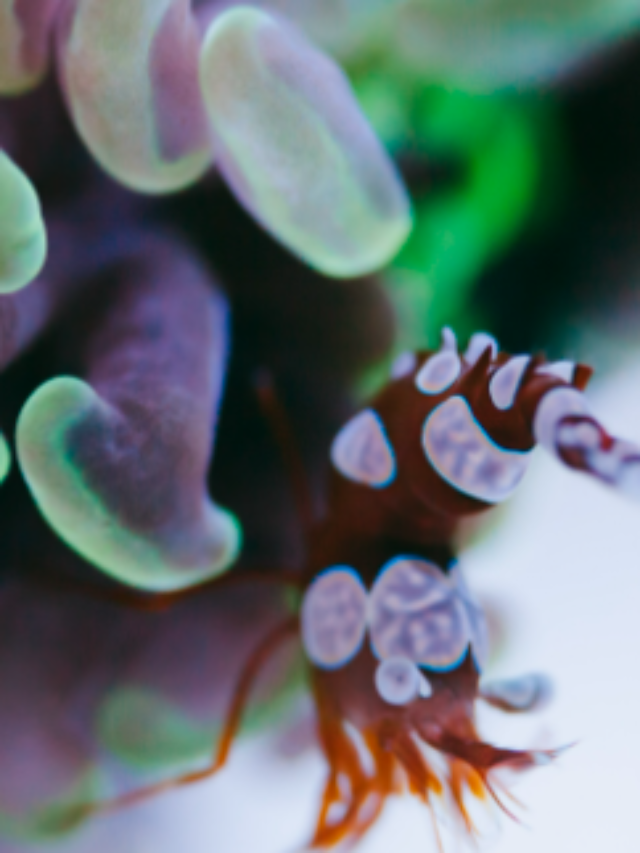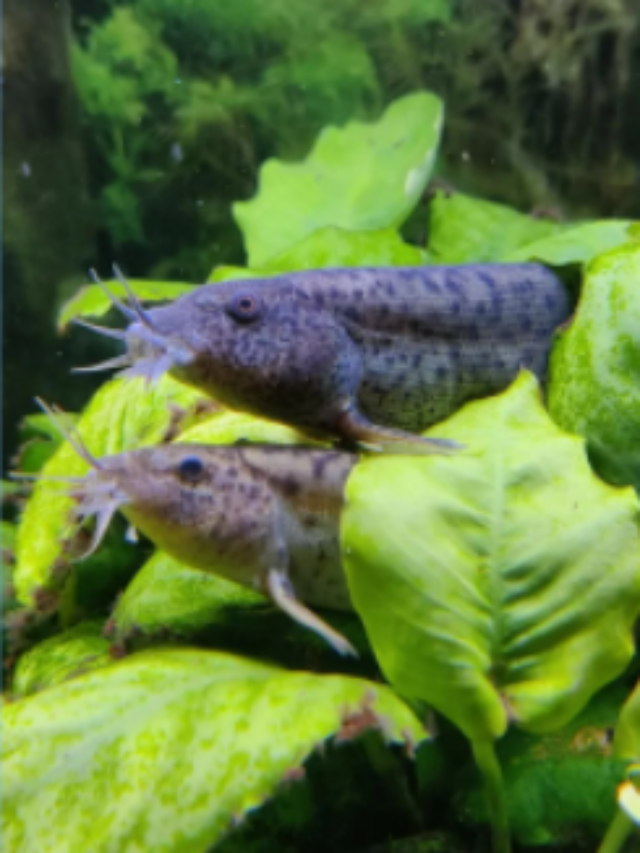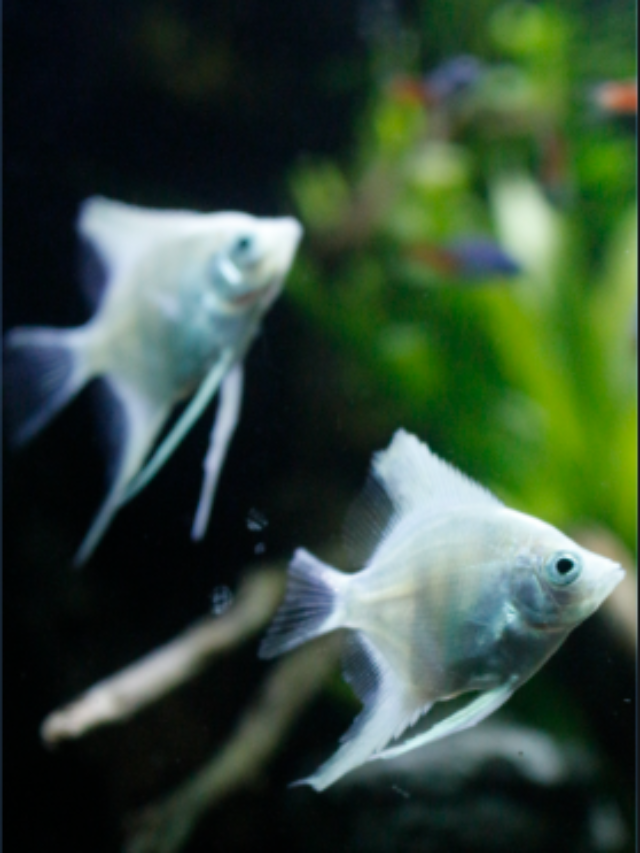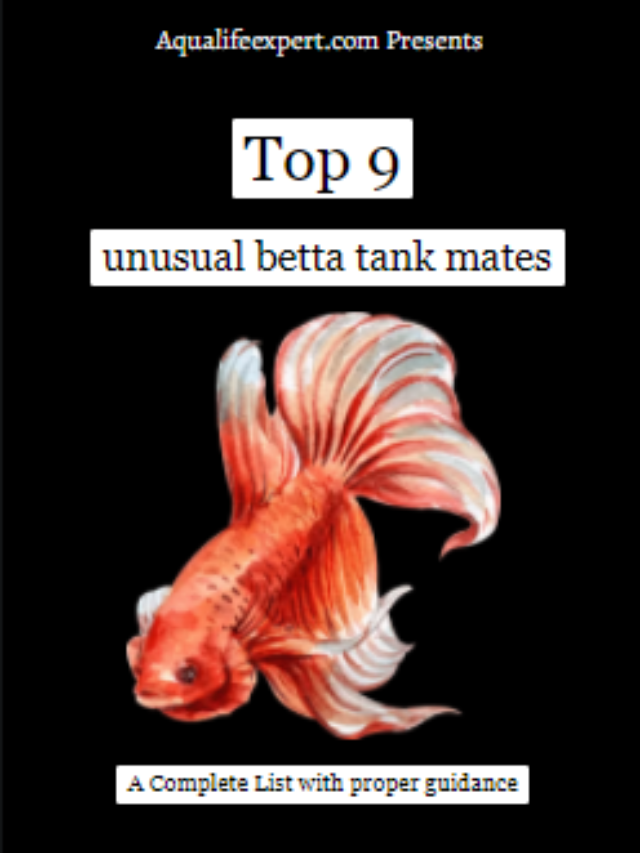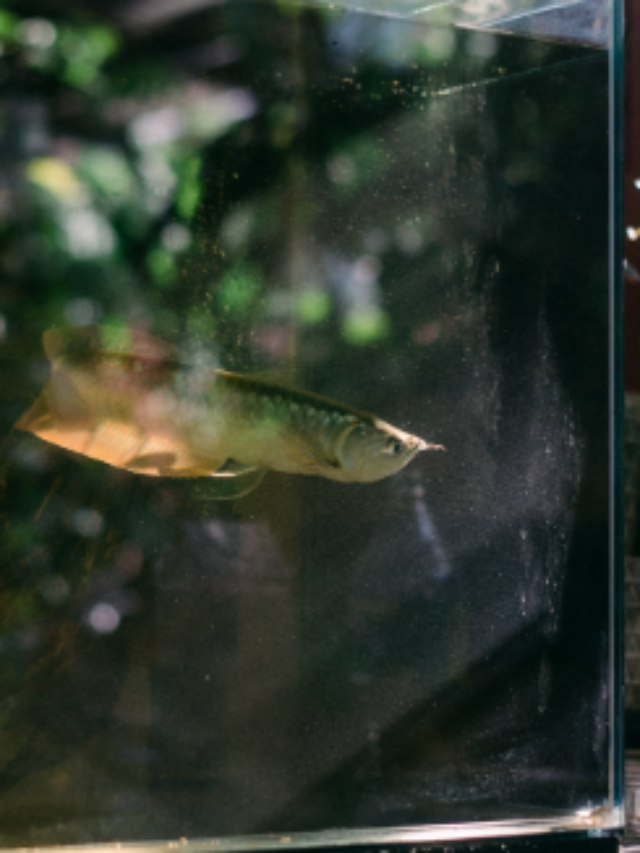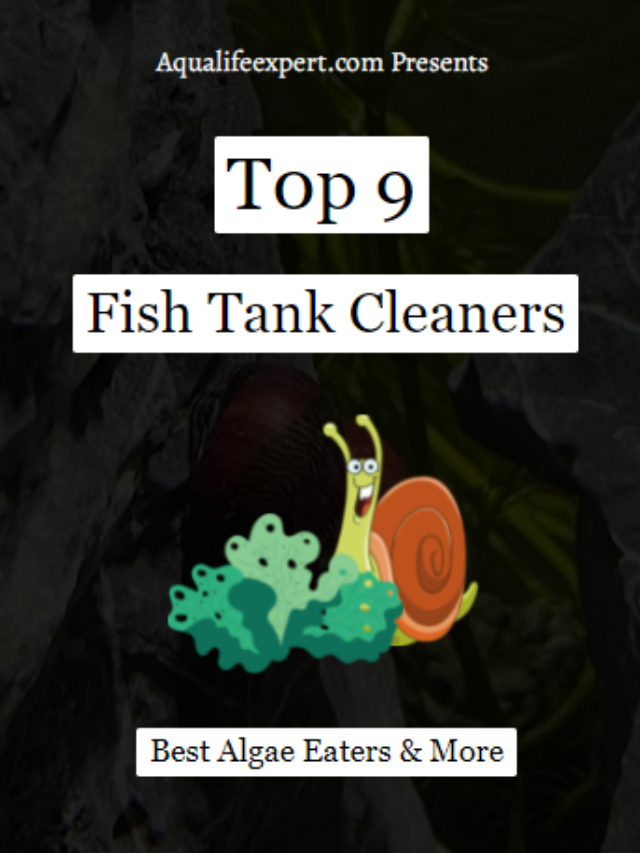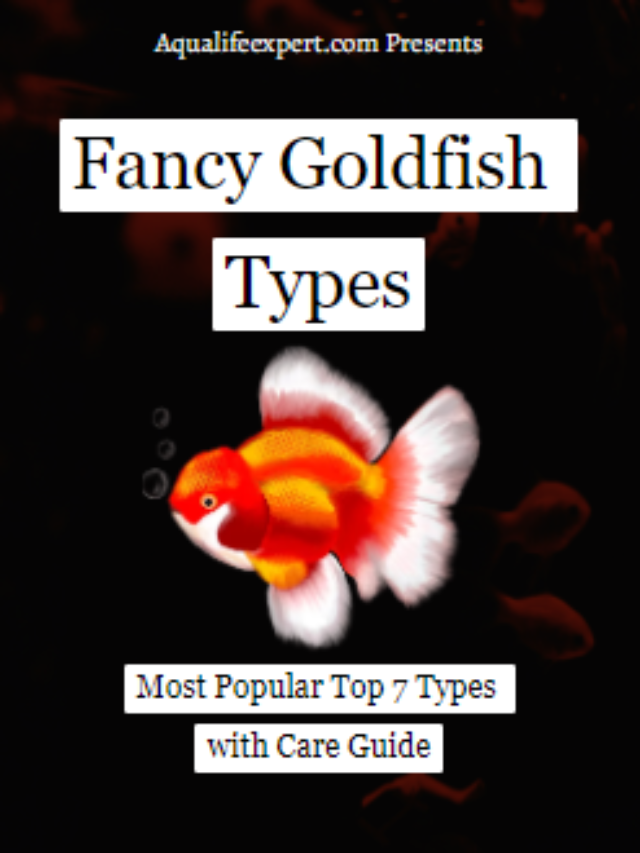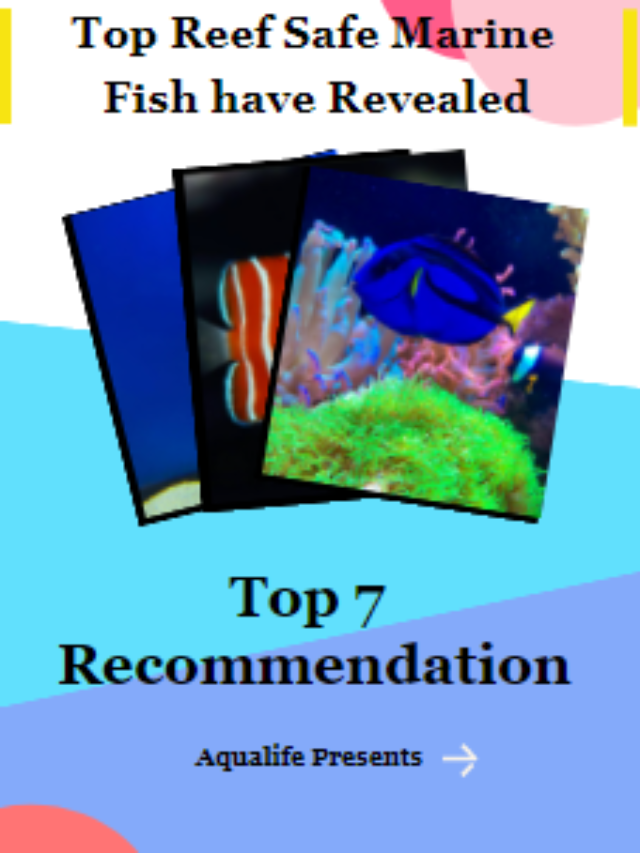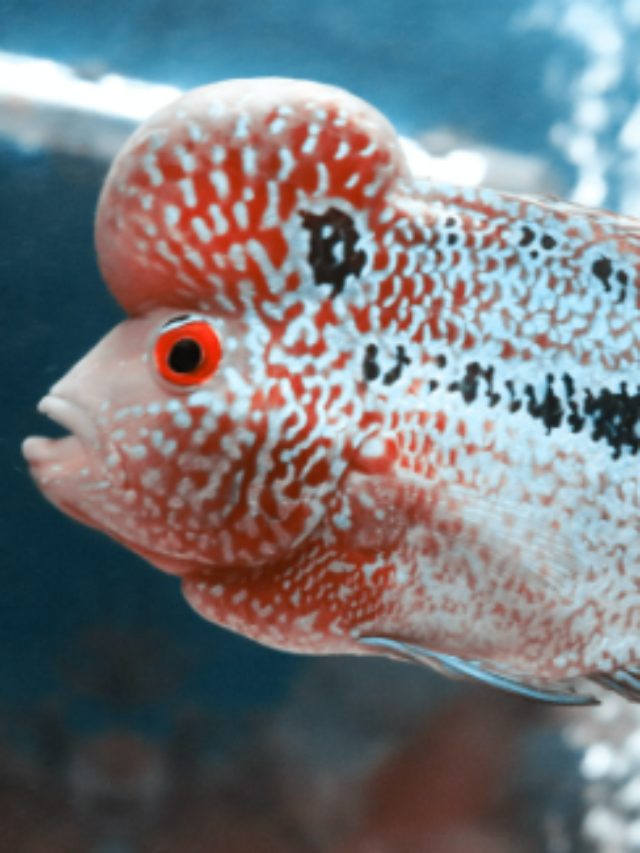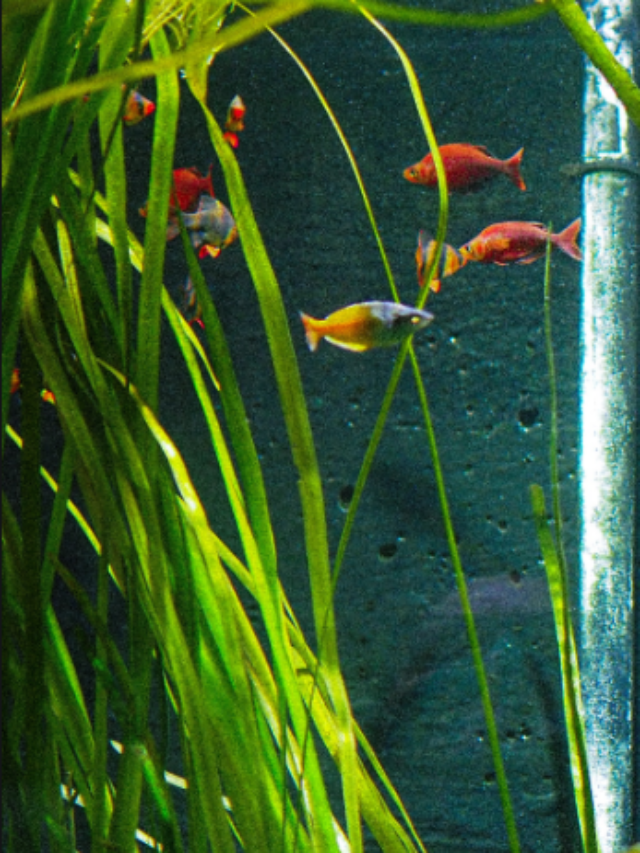Unique Marine Reef Safe Fish Revealed: Top 7 Recommendation
Check Our Quick Stories
Lots of aquarists want to build marine tanks for them. It is obvious because marine tanks are much more colorful than freshwater tanks. Some aquarists want to keep reef live corals too. If you want to stock live corals then you must select reef-safe saltwater fish for your tank.
Due to lack of knowledge, aquarists stock some marine fish unknowingly that destroy all live corals in the tank. So the list of fish should be selected before building a marine reef tank.
This article has revealed 7 unique and uncommon marine reef-safe fish that you must know. Most experts do not discuss it a lot. You can get a brief care guide of these uncommon fish if you want to keep them. These fish are obviously colorful and rare. So without wasting much time, let’s dive deep into the topic.
7 unique & uncommon reef safe fish for marine tank
There are three types of marine tanks that most aquarists build. These are fish-only tanks, FOWLR tanks and reef tanks. Lots of aquarists add live corals in fish-only tanks or FOWLR tanks a few times later. At this point having reef-safe fish in the existing tank is mandatory.
So let’s know about the 7 unique & uncommon reef-safe fish that you can consider keeping from the very first day.

Peppermint angelfish
Peppermint angelfish is one of the rare angelfish in the marine aquarium hobby. It was discovered by Charles Boyel. Its origin is the Central Pacific Ocean. Generally, it is found at the depth of 180-390 ft in rocky caves & coral structures. So it must be handled with proper care while keeping in a marine tank.
Peppermint angelfish grow up to 3 inches in length. However, still, this fish requires lots of space to thrive. The temperature of the deep ocean is so cold. Thus, keeping this fish in a marine tank at low temperature is required to mimic the original habitat of peppermint angelfish. The average temperature of the aquarium should be from 20°C to 23°C.
Peppermint Angelfish prefers lots of nooks, crannies, and caves in the marine tank. So you must keep live rocks and decorations there. The light intensity should not be high while keeping peppermint angelfish. As food of peppermint angelfish, you can provide copepods, brine shrimps, frozen foods, mysis shrimps, Calanus and so on.
Despite being a reef compatible fish, large polyp stony coral must be avoided to keep with peppermint angelfish. Gradually it may develop a habit of nipping this live coral.
Yellow Multi banded pipefish
In marine fishkeeping, you may hear about the pipefish or flagfish. Yellow multi-banded pipefish is just a type of it. This fish is a very good swimmer just because of its body shape. Having live corals, sandy substrate, live rocks are the natural habitat of yellow multi-banded pipefish.
This has a unique shape of its body. It has a slender body with a long red-colored tail.
Yellow multi-banded pipefish prefer to eat copepods & brine shrimp. However, as both of these are too small, their appetite cannot be reduced by eating copepods & brine shrimp only. So, yellow multi-banded pipefish eat Nutramar Ova and small mysis also.
This fish can be a good addition to a 50-gallon community saltwater tank. However, you should avoid fast-moving, aggressive and territorial fish as their tank mates. Before adding this to a reef tank you should compare the size of pipefish and corals. Some corals like brain corals can digest juvenile pipefish easily. So do not add juvenile pipefish in an aggressive reef tank. You must avoid anemones too.
Japanese swallowtail angelfish
If you want to keep a unique angelfish in your marine or reef tank then Japanese swallowtail angelfish should be one of the best choices. It is famous for its body color combinations and activities. This fish can grow up to 7 inches.
This fish can live in a reef tank easily. So if you are planning to build a reef tank then you can keep Japanese swallowtail angelfish as a rare marine fish. This fish requires plenty of space to be healthy and happy. This fish is called blackspot anglerfish too.
Japanese swallowtail angelfish is considered a bad shipper. This is expensive too. So you must focus on its acclimation process. Some healthy fish become comfortable quickly with the new environment.
These fish do not nip any coral at all. So it is considered a very good reef dweller. A strong water current is recommended to keep this fish. Water quality must be very good also. Don’t forget to keep a lid on the marine tank. It is because this fish has a tendency to jump sometimes.
This angelfish prefers a variety of diets. It likes to eat diatom, algae, commercial algae food, frozen brine shrimps, flakes, mysis shrimps, etc.
Flashlight fish
Flagfish fish is one of the most unique fish for marine aquarists. It requires a great advanced level of care to keep them healthy. If it is added to a marine tank casually like other common marine fish then it will die within a very short period of time.
This fish has a specialty. It has an organ named photophore, just below both of its eyes. This organ consists of luminescent bacteria and that is why flashlight fish can turn on a green light during the night. They can rotate the organ also to turn off the light.
As these fish roam at the dark reef in the ocean, a home aquarium must mimic this habitat for them to keep them healthy. Mainly they use flashlights to build a community and to see food for them. Do not turn on the actual light at night anyhow.
You should not keep other fish together with flashlight fish in the same tank. flashlight fish require completely dark environments to stay healthy. You must use lots of caves and nooks inside of the aquarium. You can use dark-colored plastics to cover the aquarium up initially during the acclimation process. A 24×7 dark environment is recommended for this fish.
This fish requires high oxygen so low water temperature is recommended for this fish. As we know cool water holds more dissolved oxygen than warm water so the 20°C to 24°C temperature range is suitable for them.
Live mysis shrimp, live juvenile guppies, copepods, live juvenile mollies are some good food sources of this fish. Small krill can be another food if it starts staying in the marine tank comfortably. Food is required to glow lights at night.
Blue hippo tang
Blue hippo tang is one of the uncommon fish of similar species. However, it is not as uncommon as flashlight fish still, you need to provide special care to keep this fish healthy.
This fish grows up to 8 inches long. Some grow even more. So it requires medium to large-sized marine tanks to keep them. The tank must contain plenty of hiding places and caves. This is a very active fish so the swimming area must be larger than other marine aquariums. Blue hippo tang are reef-safe marine fish. They do not have any habit of nipping corals at all. So you can keep expensive corals with it.
Do not keep more than one blue hippo tang in a marine or a reef tank. If you keep a pair then they will start fighting with each other. However, generally, this fish is peaceful.
The marine tank requires a lot of oxygen to keep blue hippo tang healthy. Surface agitation is a must in the tank. This fish can live in a medium temperature range. From 22°C to 26°C is the most suitable temperature for blue hippo tang.
To make blue hippo tang healthy, a proper diet is a must. It mainly prefers to eat veg food. You should add plenty of live rocks. These live rocks will produce lots of algae that will be a food source of blue hippo tang. You can provide nori or lettuce as supplementary foods. However, brine shrimp can be another good food option for this marine fish.
Purple tang
If you want to build a reef tank then you must stock a purple tang fish. This fish is popular for reef tanks only. Its natural origins are the Arabian sea, coastal areas of Sri Lanka, etc. It grows up to 10 inches in the sea. However in a reef tank if it does not get enough space then it cannot achieve this length.
This fish is one of the rare fish for marine aqua hobbyists. This fish is difficult to take care and that’s why its price is so high in the market. So everyone cannot keep this fish in their reef tank. Before buying a purple tang it is a must to establish the reef tank. This can be a colorful addition to your reef tank.
To keep purple tang healthy, aquarists must provide plenty of hiding places, enough swimming areas, and good lighting arrangements. Generally, this fish is not aggressive in nature; however, aquarists must keep compatible tank mates with it in the same marine tank.
In the ocean, purple tangs thrive as a pair or groups. However, if you want to mimic this in a marine tank then it will start fighting. So you should not keep more than one purple tang in a confined tank system.
Purple tangs are known as algae eaters. So if you want to keep corals in a tank then excessive algae should not be there. A purple tang can help you to get rid of this problem. This fish prefers to eat nori (marine algae).
Tassle filefish
Tassle filefish is a rare fish to most marine aquarists. This has the ability to camouflage with a stony environment. Its body can be a light color with black stripes just like a rock. These fish do not bother the tank mates. However, extreme aggressive fish such as triggerfish and pufferfish are not recommended as tank mates of tassle filefish.
Their camouflage ability helps to keep the danger out from them. They are reef-friendly and active marine fish. If you want to build a reef tank then tassle filefish can be a great addition to that tank.
The rocky aquatic environment is required the most to keep this fish healthy. You can use crushed corals or fine sand as the substrate of the aquarium. These fish eat lots of food and release lots of waste. So mechanical, biological, and chemical filtration systems are a must to keep this fish healthy. This fish does not harm corals; however, invertebrates can be harmed by this fish.
As a diet, tassle filefish prefer to eat shrimps, invertebrates, and small fish. Specifically, mysis shrimps, squid, crab, krill are some preferable food sources for tassle filefish.
Conclusion
Reef tanks are the most sophisticated tank among all marine tanks. If you do not have an idea of it then you must do a little bit of research on it. All marine fish are not compatible with corals. More than half marine fish nip corals habitually or as a diet. So you must avoid those fish in a reef tank.
Now, this article has provided the top 7 list of unique and uncommon reef-safe fish for you. You can select these fish if you want to build a reef tank. However, keeping these fish is extremely difficult for a new marine aquarist. A little bit of care has been added in this article for safety purposes.



